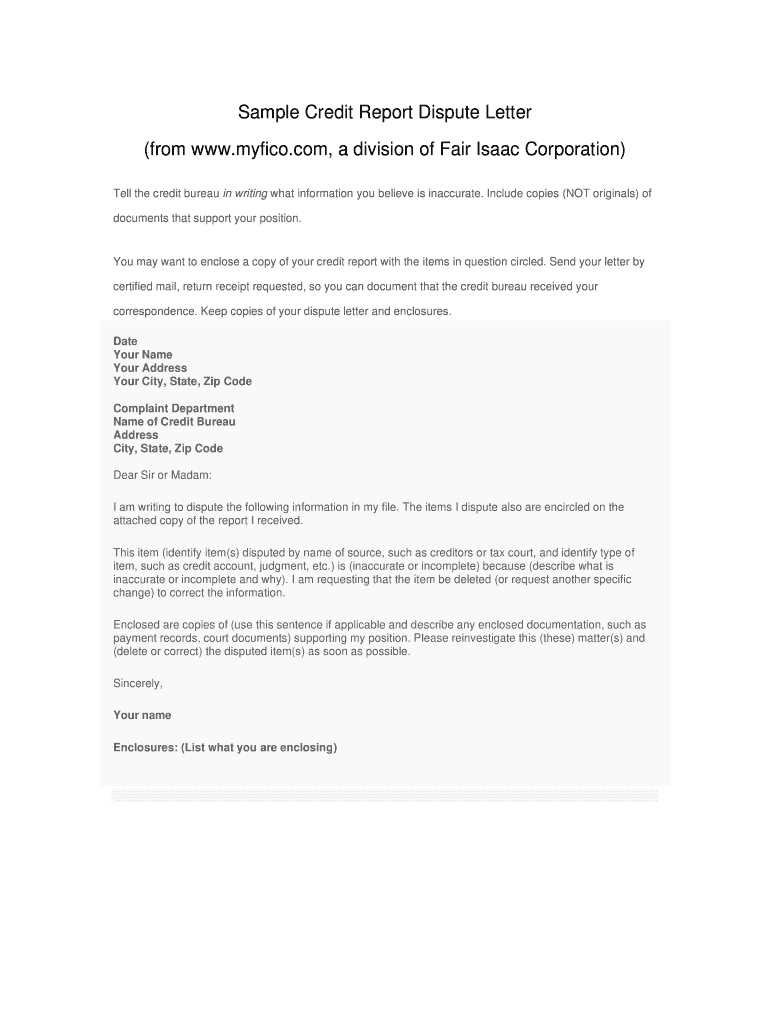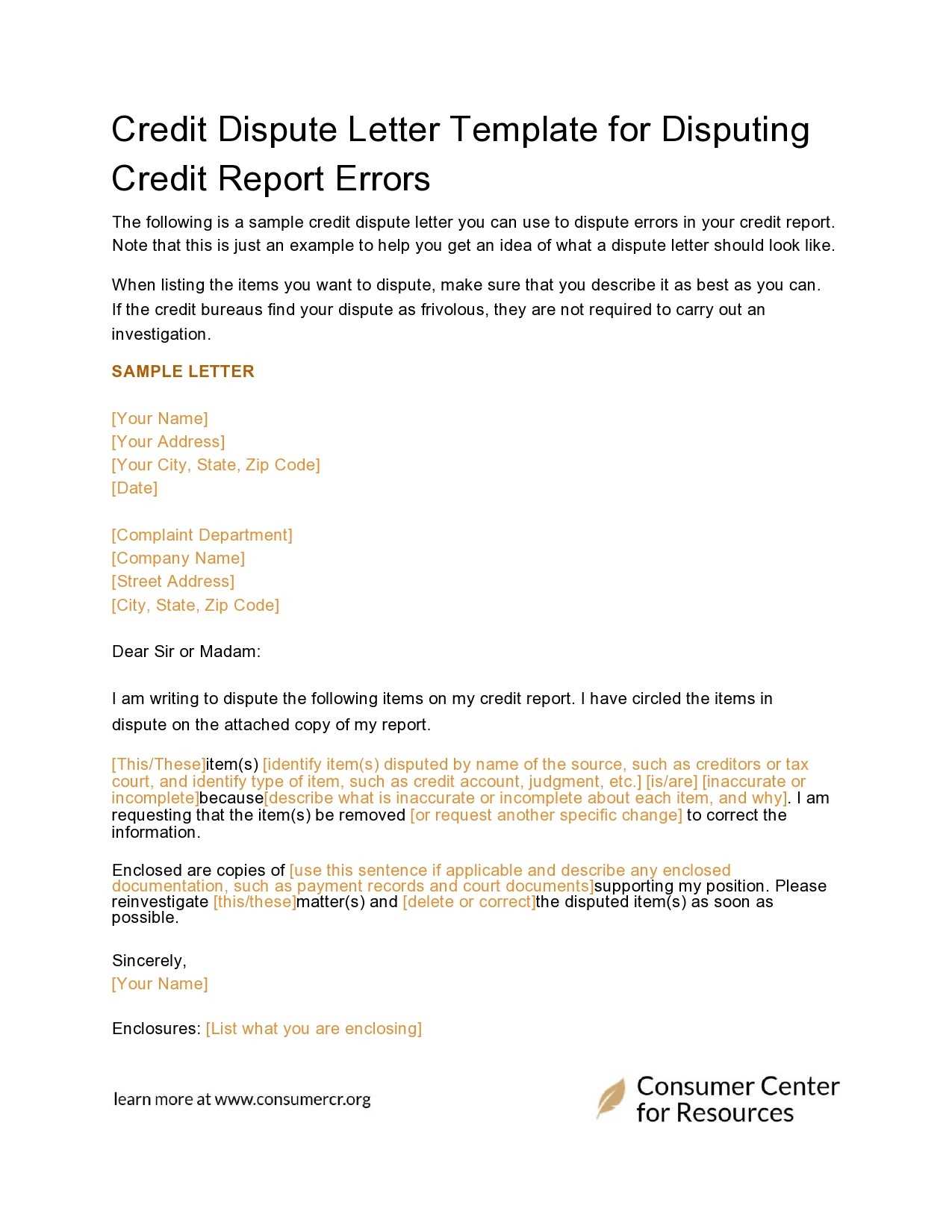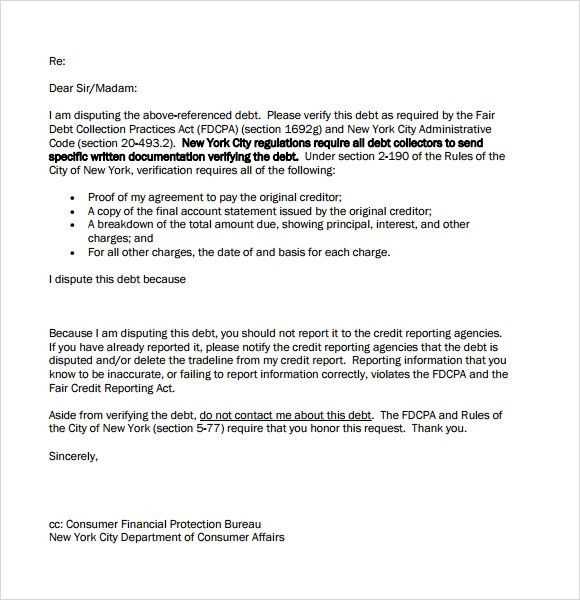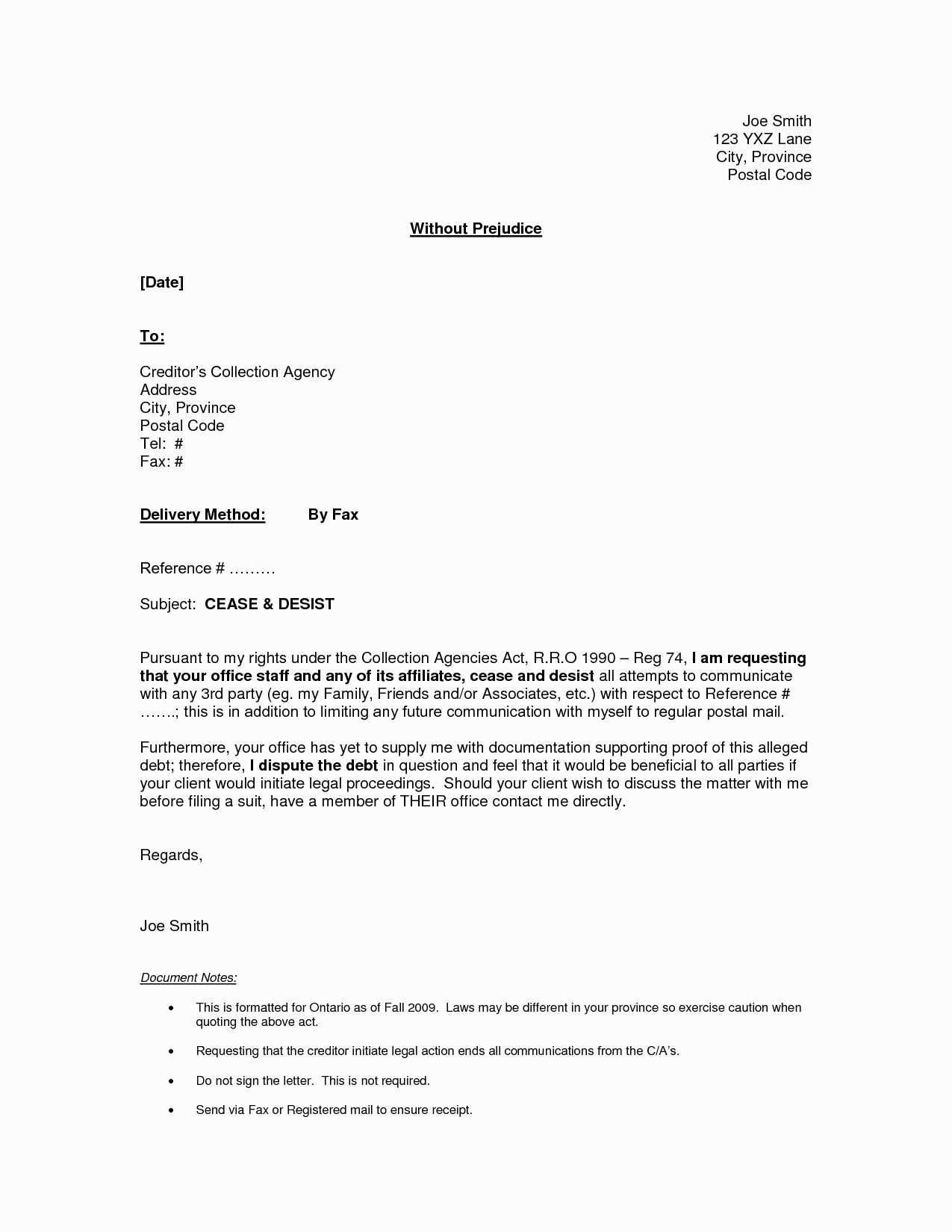Dispute Template Letter for Effective Conflict Resolution

Overview

When facing a disagreement or unresolved issue, it’s important to communicate your position clearly and professionally. This involves writing a formal response that outlines the problem, provides evidence or reasoning, and makes a request for resolution. A well-crafted document can significantly influence the outcome of the situation by presenting your case effectively.
Steps to Follow
1. Begin with Clear Identification
Start by identifying the key parties involved and provide details about the situation. Mention any relevant reference numbers or dates that can help clarify the context. This ensures that the recipient understands exactly what the issue is about.
2. Explain the Situation
Provide a brief yet comprehensive explanation of the problem. Outline the sequence of events or actions that led to the disagreement, making sure to be clear and factual. Avoid emotional language or unnecessary details, focusing instead on what transpired.
3. State the Desired Outcome

Clearly express the resolution you are seeking. Whether it’s a correction of a mistake, an explanation, or a change of decision, make sure your request is reasonable and precise. The recipient should know exactly what you are asking for.
Key Elements to Include
- Personal Information: Ensure your name, address, and contact details are included for easy reference.
- Detailed Explanation: Provide relevant background information without adding unnecessary commentary.
- Evidence or Supporting Documents: Attach any evidence or documentation that can support your claim or request.
- Professional Tone: Keep the tone formal and respectful, ensuring that your words reflect a desire for resolution.
Conclusion

By following these guidelines, you can craft a response that is clear, professional, and effective. This approach will help ensure that your concerns are taken seriously and that you are able to reach a satisfactory outcome.
Understanding the Importance of Formal Communication for Resolution
In professional and personal matters, expressing concerns or disagreements clearly is crucial. A well-constructed response plays a significant role in resolving conflicts, ensuring that your point of view is understood. It serves as an official means to communicate issues and request remedies, making it essential in many situations.
How to Structure an Effective Response
When addressing a concern, structure your communication logically. Start by identifying the parties involved and the issue at hand. Follow with a clear explanation of the situation, providing all relevant facts. Conclude by specifying the resolution you seek, and be concise but thorough. A well-organized message ensures the recipient can follow your reasoning and understand your request without confusion.
Common Pitfalls to Avoid
In many cases, individuals make the mistake of using overly emotional language, which can undermine the professionalism of their communication. Avoid vague statements and focus on presenting clear facts. Do not overcomplicate your message with excessive detail, and ensure your tone remains respectful throughout.
When to Use a Pre-Written Structure
Using a pre-written structure can help save time and ensure that important elements are not overlooked. However, it should always be tailored to your specific situation. Templates can serve as a helpful starting point but must be adapted to reflect the unique details of your case.
Legal Considerations in Communication
It’s essential to be aware of the legal implications of your communication. Ensure that you do not make any statements that could be construed as threats or accusations without proper evidence. Maintaining a neutral and professional tone is vital to avoid any potential legal repercussions.
Effective Techniques for Persuasion
When crafting a response, persuasion is key. Make a clear, logical case, and back up your claims with evidence when possible. Highlight the benefits of resolving the matter efficiently and respectfully, and frame your request in a way that demonstrates mutual benefit.
Examples of Well-Written Communications
Reviewing successful examples of previous responses can provide insight into how to craft your own. Look for clear structure, respectful tone, and precise requests. By analyzing these examples, you can refine your approach and ensure your communication achieves its intended outcome.